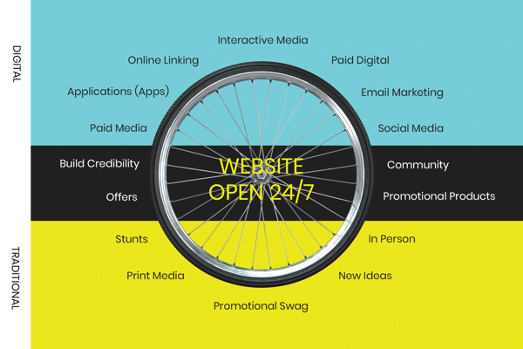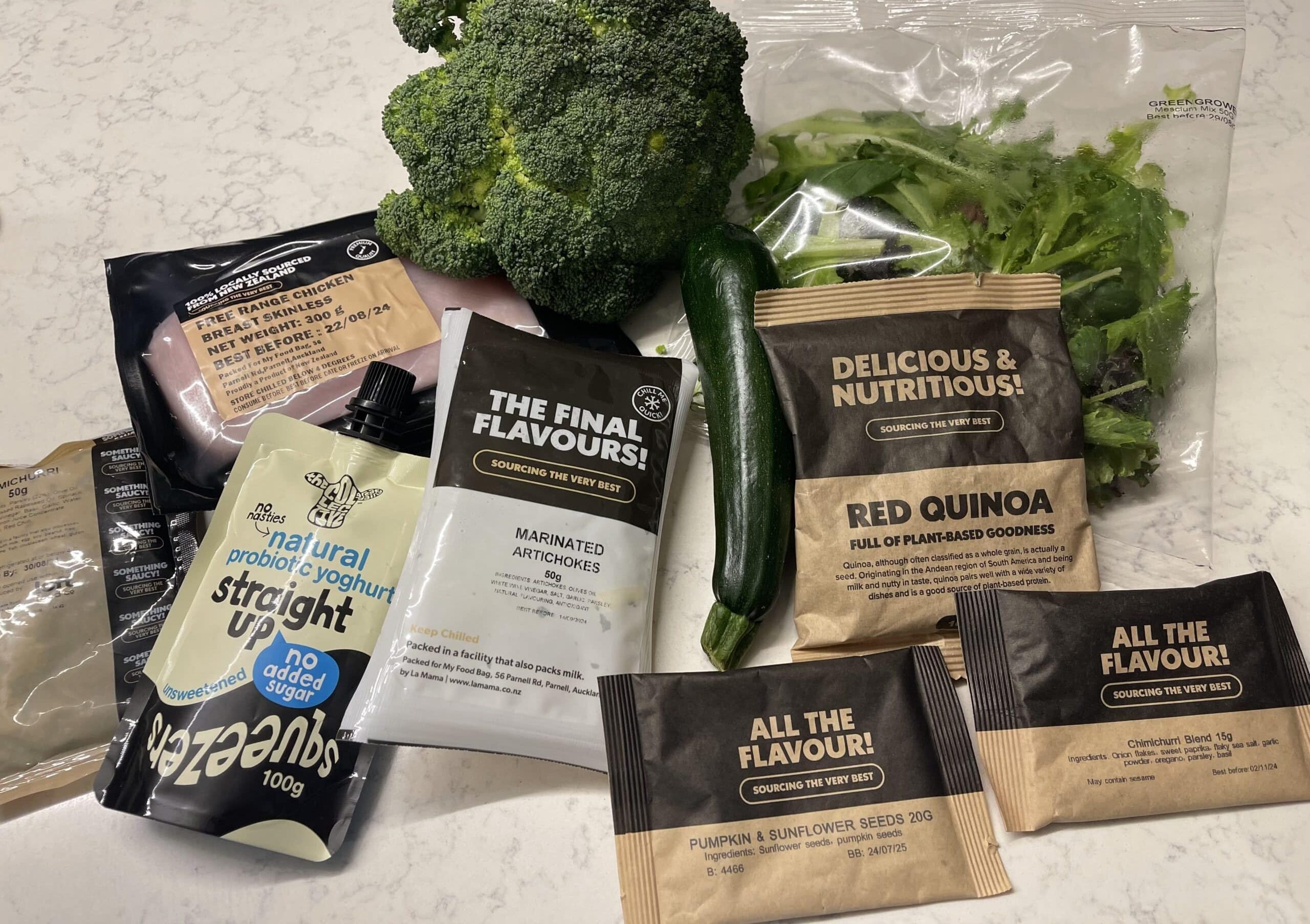3.5 Min Read…
Your website is the heart of your marketing, which is why every promotional activity should take your customers to it.
Think of a wagon wheel. Not the chocolatey biscuits (which definitely were much bigger when we were kids than they are today), but an actual big wooden wagon wheel. Look at the central hub. Do you see how all the spokes firmly connect there? In marketing terms, that central hub is your website, and all your promotional activities are the spokes.
It should be a strong two-way connection. Just as your marketing channels reach out to the world, they also draw those people back to your website. Why? Because it’s where customers find out more about you, browse your products and services, and determine whether you’re the type of business they want to deal with. And it’s open 24/7.
Updating your website should be a relatively quick and straightforward process. (If it’s not, please let’s chat.) Regularly adding fresh content like a new blog, extra product info, a short “how to” video, or photos of the team’s fundraising efforts helps both the online search engines and your human customers see that you’re active and engaged.

“How do I attract more people to my website?”
Despite what all those spam e-mails tell you, paid online advertising is not the only way to boost your digital presence. In fact, there are dozens of options to explore.
But, before you embark on any kind of marketing strategy, stop and think for a moment. Who are your customers? Are you business-to-business or business-to-consumer? Are they local, national, or international? Which online platforms do they favour? How much of your business is repeat or referred? From where have you achieved the most successful results previously?
What are your objectives for this campaign? Increase your followers on Instagram? Sign up a minimum of 50 new customers from overseas? Demonstrate your business’ commitment to sustainability? Hire new staff?
These factors – and many more – should influence how you decide to drive more traffic to your website. However, potential options include:
- Attending local networking, expos or Chamber of Commerce events
- Printed materials, such as flyers, postcards, or banners
- Increased social media engagement
- Credibility builders like webinars, podcasts or speaking events
- E-mail marketing (Mailchimp)
- Promotional merchandising
- Community involvement, for example, with a local school, sports team, or charity
- Advertising on TV, radio or billboards
Just because your competitors are doing something doesn’t mean you should!
Do what suits you, your business (sector, ethics, values), and your budget.
Don’t be tempted to copy everyone else. They might be taking a massive splatter-gun approach – desperately throwing everything at their marketing wall, hoping something sticks. But, sure as eggs is eggs, if you market to everyone, you market to no-one. Plus, you make it far harder to monitor and evaluate your most effective marketing channels.







